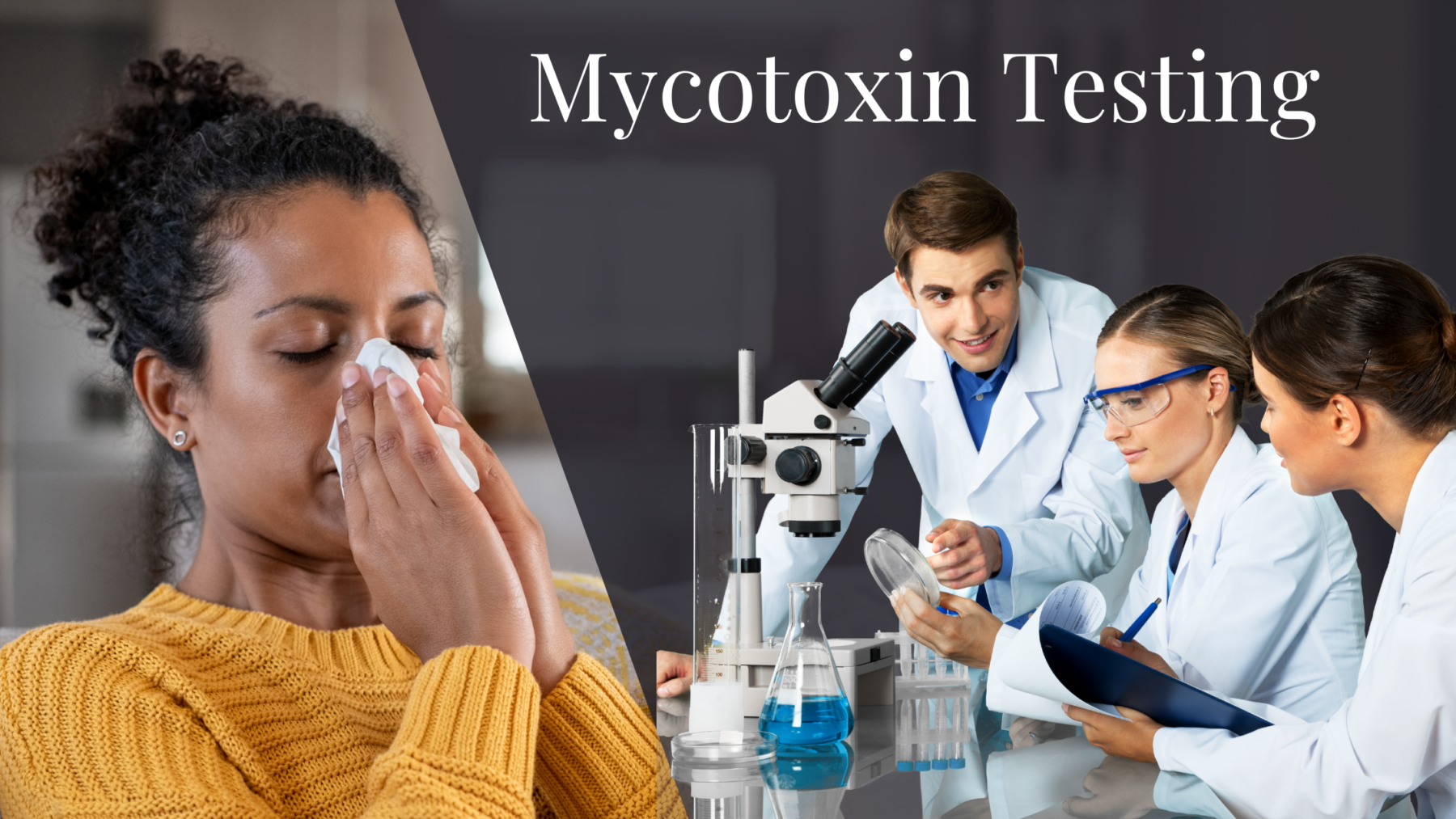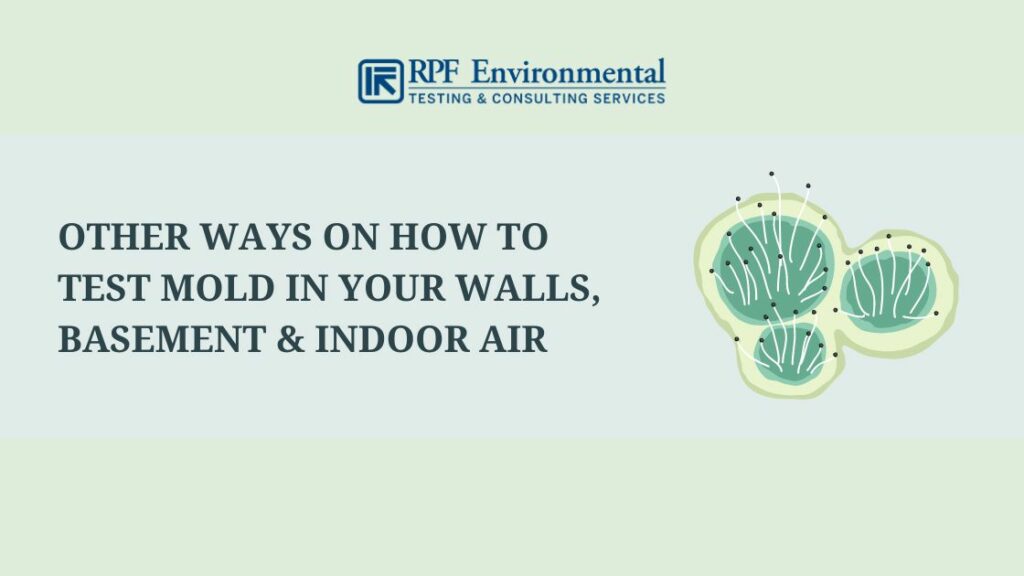Choosing the Right Mycotoxin testing Services for Your Organization
Choosing the Right Mycotoxin testing Services for Your Organization
Blog Article
Just How Mycotoxin Testing Aids Avoid Contamination and Secure Food Supplies

Mycotoxin testing is an essential technique in the food sector, offering as a frontline protection against contamination by damaging toxins generated by molds. Via the application of sophisticated methods like High-Performance Fluid Chromatography (HPLC) and Liquid Chromatography-Mass Spectrometry (LC-MS), food producers can properly measure and detect mycotoxin levels in farming items.
Understanding Mycotoxins
Recognizing mycotoxins starts with identifying that they are hazardous secondary metabolites created by certain molds, which can pollute farming items. These metabolites are not essential for the growth or reproduction of the fungi but can have severe ramifications for animal and human health and wellness. Mycotoxins are generally located in staple crops such as corn, wheat, barley, and nuts, where they can proliferate under details problems of wetness and temperature.
There are numerous types of mycotoxins, each created by different fungal types. Aflatoxins, generated by Aspergillus varieties, are amongst one of the most notorious, known for their carcinogenic homes. Another considerable team includes ochratoxins, produced by Aspergillus and Penicillium species, which have nephrotoxic effects. Fusarium types create fumonisins and trichothecenes, both of which are related to various severe and chronic health problems.

Threats of Mycotoxin Contamination
The threats of mycotoxin contamination are multifaceted, presenting significant threats to both food safety and public health and wellness. Mycotoxins, harmful compounds produced by particular kinds of fungi, can infect a vast array of farming products consisting of cereals, nuts, flavors, dried out fruits, and coffee. As soon as these toxic substances infiltrate the food supply, they can result in major wellness problems such as liver damage, kidney failure, and even cancer. Susceptible populations, consisting of children, the senior, and immunocompromised individuals, are particularly at threat.
Financial impacts are one more major problem. Polluted plants can result in substantial financial losses for farmers and food manufacturers because of reduced yields and the need for costly decontamination procedures. Additionally, global profession can be substantially impeded as countries implement stringent mycotoxin guidelines to shield their populaces, bring about rejected shipments and strained trade relationships.
Environmental aspects such as environment adjustment worsen the risk of mycotoxin contamination. Variations in temperature and moisture can create desirable problems for fungal growth, boosting the likelihood of contamination events. Hence, understanding and reducing these threats are vital for ensuring the safety and honesty of international food materials.
Approaches of Mycotoxin Examining
Precisely determining mycotoxin contamination in farming products is important for protecting public health and maintaining food security requirements. Different techniques are employed to detect and quantify mycotoxins, each offering certain benefits and restrictions.
High-Performance Liquid Chromatography (HPLC) is an extensively made use of technique because of its high sensitivity and precision. It entails separating mycotoxins from other substances in an example, making it possible for accurate quantification. Likewise, Fluid Chromatography-Mass Spectrometry (LC-MS) incorporates fluid chromatography with mass spectrometry to give detailed molecular info, making it especially valuable for determining several mycotoxins at the same time - Mycotoxin testing Services.

Gas Chromatography-Mass Spectrometry (GC-MS) and Thin-Layer Chromatography (TENDER LOVING CARE) are additionally utilized, each with one-of-a-kind applications. GC-MS is efficient for volatile mycotoxins, while TLC offers a less complex, cost-effective alternative for preliminary screening.
Advantages of Routine Examining
Routine screening for mycotoxins in farming products offers various benefits, considerably adding to public health and food security. By determining contamination early, routine testing aids protect against the distribution of toxic foods, consequently reducing the threat Click Here of mycotoxin-related diseases amongst customers. This positive approach not only safeguards human wellness yet also enhances the total top quality of food materials.
Various countries and regions have established rigid limitations for mycotoxin levels in food and feed. Adhering to these limitations through normal screening guarantees that suppliers and producers satisfy lawful requirements, consequently preventing charges and trade barriers.
In addition, routine mycotoxin testing can result in considerable economic advantages. Early discovery of see this here contamination permits timely treatment, decreasing potential losses from extensive contamination. Carrying out normal testing procedures can also minimize recall prices and related responsibilities, which can be financially ruining.
Moreover, routine screening supplies valuable information that can inform far better agricultural methods and storage conditions. By recognizing patterns of contamination, producers can adopt safety nets, thus lowering future risks and adding to the sustainability of the food supply chain.
Executing Checking Methods
Carrying out effective mycotoxin testing procedures is important for making certain the safety and top quality of agricultural products. Developing a robust screening framework includes multiple key steps, beginning with the identification of potential contamination factors within the manufacturing and supply chain. This includes pre-harvest, post-harvest, storage space, and distribution phases. Each stage should be scrutinized to pinpoint where mycotoxin contamination is more than likely to happen.
Once essential control points are recognized, choosing ideal screening approaches is crucial. Usual methods include enzyme-linked immunosorbent assay (ELISA), high-performance fluid chromatography (HPLC), and mass spectrometry (MS) Each approach has its weak points and staminas; thus, picking the right one relies on the certain mycotoxin being examined, the required level of sensitivity, and available resources.

Lastly, integrating the testing protocols into an extensive food safety and security management system is suggested. This boosts traceability and allows swift corrective actions when contamination is spotted, thus safeguarding the integrity of the food supply chain.
Final Thought
Mycotoxin screening is vital in protecting against contamination and protecting food supplies by making it possible for early browse around these guys discovery of dangerous contaminants created by molds in agricultural products. Advanced approaches such as HPLC and LC-MS make certain compliance with safety laws and protect customers from wellness dangers. Routine testing enhances brand name track record, monetary stability, and trust fund in food security by reducing contamination-related losses and keeping high standards in food production. Executing extensive screening protocols is therefore essential for the market's total wellness.
Mycotoxin testing is a vital practice in the food market, serving as a frontline defense versus contamination by unsafe toxic substances generated by molds. An incorporated technique entailing agricultural methods, storage space management, and routine screening can alleviate the threats connected with mycotoxin contamination, guaranteeing food security and public health.
The dangers of mycotoxin contamination are complex, posing substantial risks to both food security and public wellness.Routine screening for mycotoxins in agricultural products offers various advantages, dramatically contributing to public health and food safety and security.Mycotoxin screening is important in avoiding contamination and protecting food materials by making it possible for early discovery of hazardous toxic substances produced by mold and mildews in farming items.
Report this page